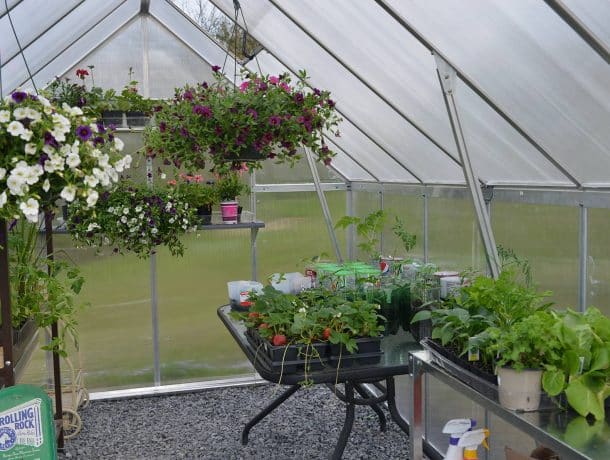
6 STEPS HOW TO BUILD A GREENHOUSE
Thinking about how to build your own greenhouse? There are a few things you want to take into consideration.
Greenhouses provide optimal nurturing conditions, better control over your plants’ climate, and the warmth they need for an extended period. It allows you to get a head start with your
seedlings and help your plants survive the fall frosts. Many greenhouses go so far as to support plant growth year-round, depending on their setup. Greenhouses also allow you to garden
your plants from seedlings, reducing the risk of losing plants after transplanting or relocating to an outdoor environment.
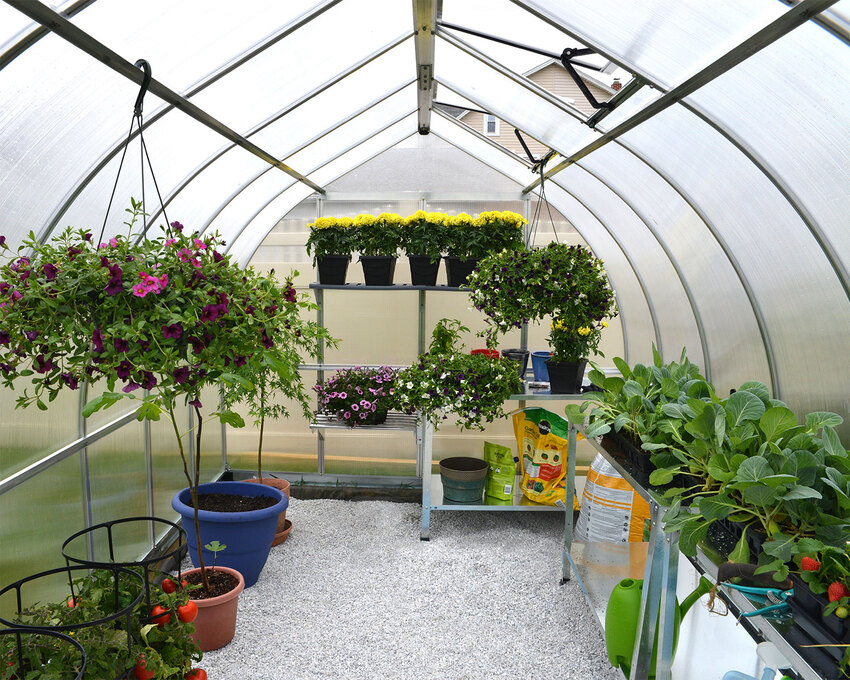
Clear panels have a high, glass-like light transmission; multi-wall or twin-wall panels have a light diffusion effect that protects from strong sunlight exposure, reduces hotspots and shaded areas. Other features such as vents, windows, doors, heaters, and misting systems help control temperature, airflow, and humidity levels to create the optimal nurturing environment.
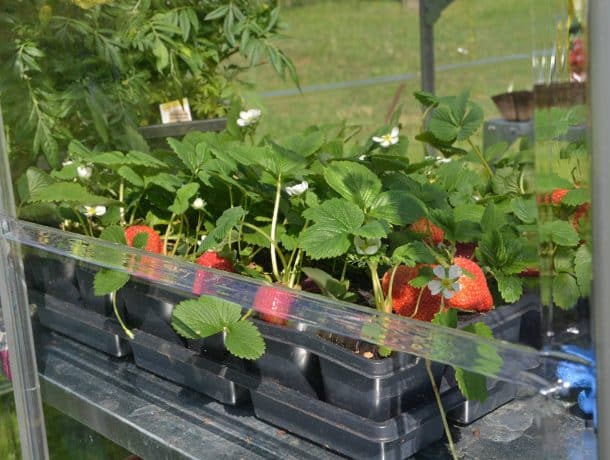
A lot of greenhouse gardening concerns revolve around temperature. This is true whether you are gardening in the middle of summer or the throes of winter. For winter and early spring gardening, however, the first thing you need to decide is whether or not you will be heating your greenhouse. I opted to keep my Palram – Canopia greenhouse unheated. There are electric heat options as well as propane and paraffin heat solutions available that you can consider. As you surely know, heat has a price tag attached, so this may pack a wallop on your wallet, especially if you live in an area with a long winter season. You will need to consider if the output of your garden greenhouse will be worth the expense of heating it, so you may want to open an Excel spreadsheet and crunch some numbers. For many, however, the heat required to grow warm-season crops such as fresh tomatoes, peppers, and beans is simply priceless.
Starting from seed allows you to effectively cut down costs and trips to your local nursery or grocery store for plants and food. A small investment each spring allows you to furnish your yard and home with fresh flowers or to garnish your meals with the herbs and vegetables you have grown by yourself. Aluminum and Polycarbonate yield a sturdy greenhouse structure at a competitive cost. Polycarbonate is a virtually unbreakable polymer that can transmit plenty of light and withstand severe weather. It is important to make sure your Polycarbonate panels are guaranteed to withstand UV radiation for an extended period.
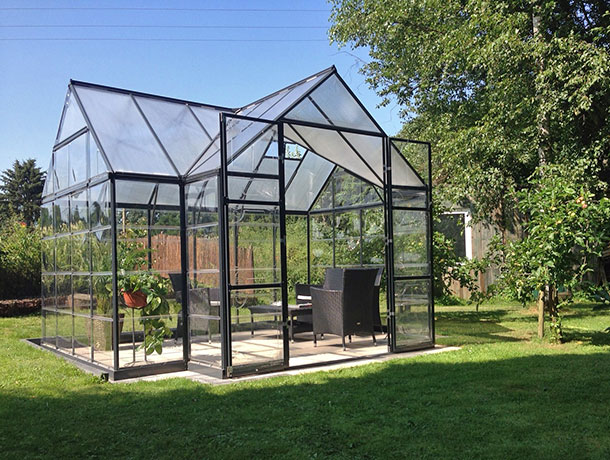
Growing your own plants allows you to stay active with purposeful physical activity. It also places you outside where sunlight and fresh air can reduce stress, provide a peaceful atmosphere and encourage relaxation. Growing your own fresh vegetables means that they will likely hold higher vitamin content and taste better. If you are concerned with the use of pesticides or herbicides, owning a greenhouse gives you 100% control of how things are grown.
Fewer trips to your local nursery or grocery store reduce the use of fossil fuels and the
subsequent pollution. If you choose to grow your plants organically, you are reducing the number of pesticides, herbicides, and other pollutants that can be harmful to air, soil, and water.
Hobby Greenhouses: Perfect for the garden or backyard, the beginner hobbyist, or serious grower. Though there are many different sizes and styles to choose from, all serve the purpose of extending each end of the growing season or creating an environment where plants can thrive all year long.
Commercial Greenhouses: Ideal for CSA (Community Supported Agriculture) farmers, homesteaders, and pro-am gardeners alike. Extend your season; protect your crop and increase yield and profits with a commercial greenhouse.
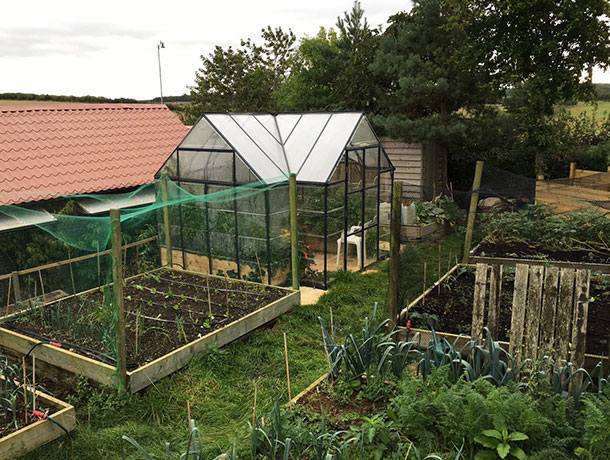
Lean-to-Greenhouse: Designed to utilize external walls and are ideal for those who love to grow and want to save on backyard space. Lean-To Greenhouse is conveniently close to home and provide quick and easy access.
Mini-Greenhouse: Inexpensive and require less assembly than other larger greenhouses. They work well for seed starting and plant protection on decks and patios.
